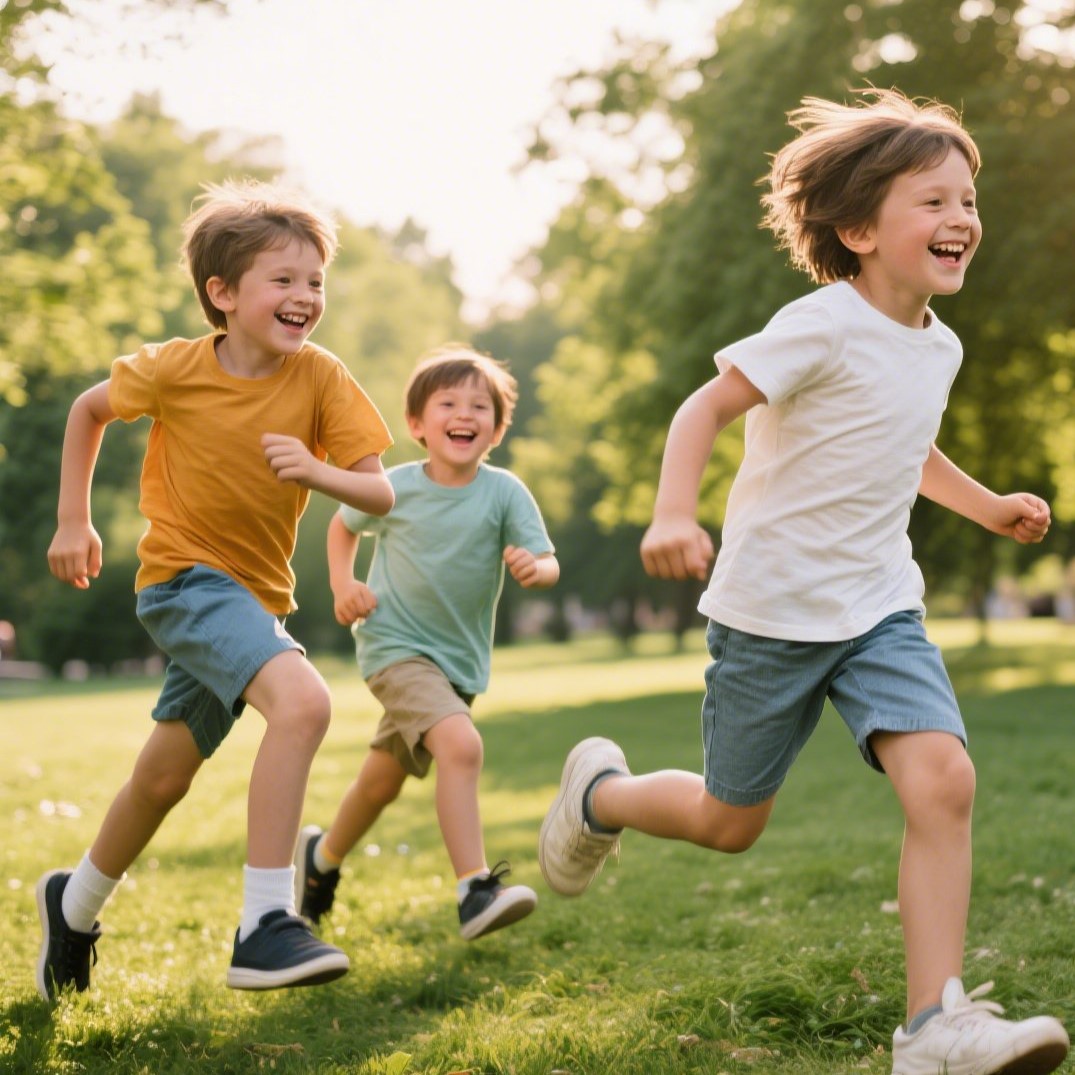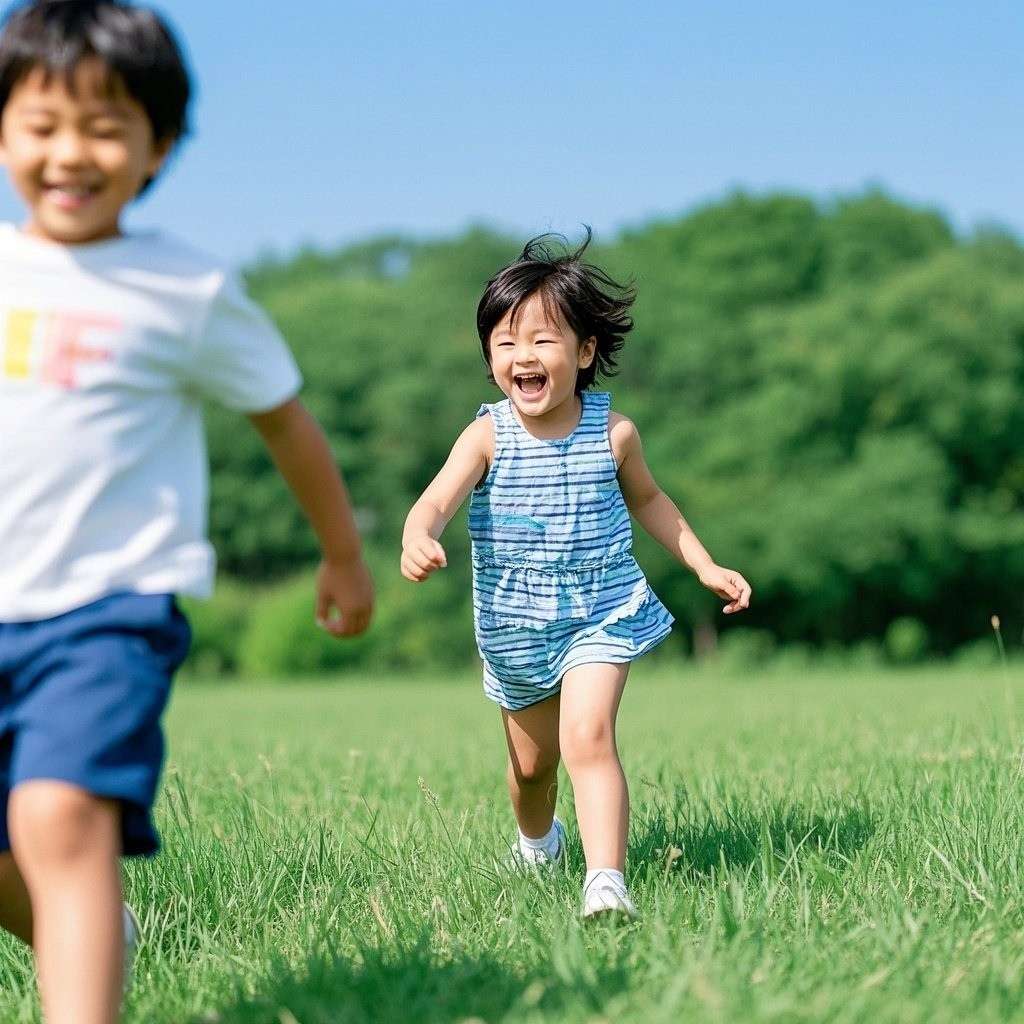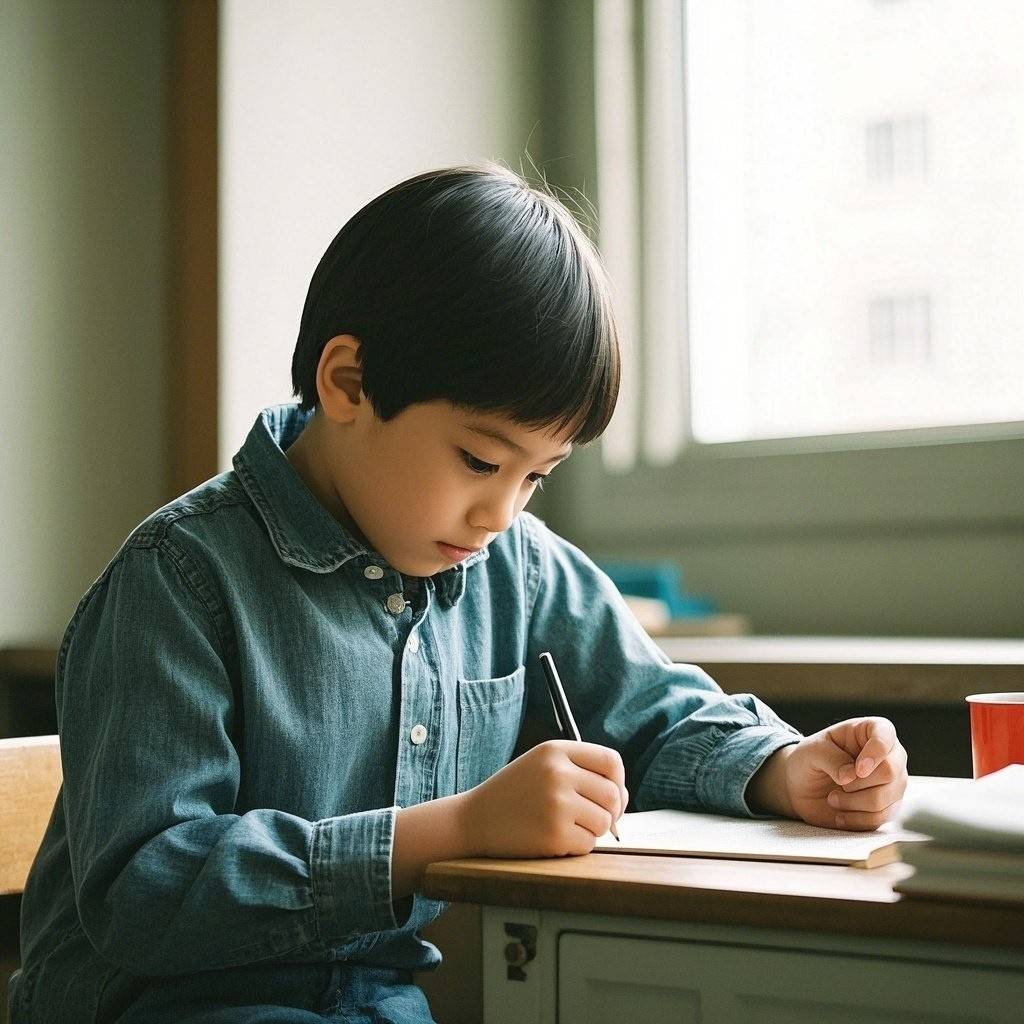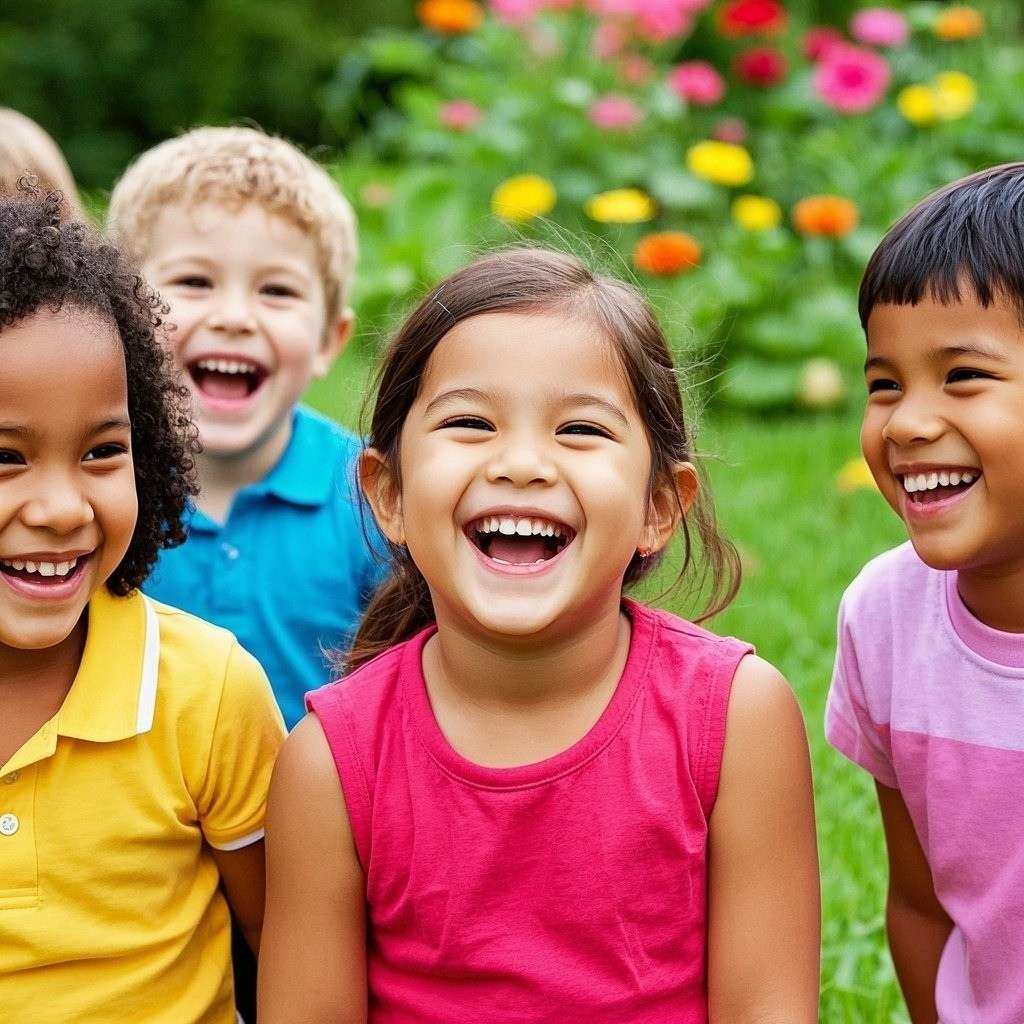Between the missing front teeth and the first wave of preteen sass lies a golden stage of childhood: middle childhood, typically from ages 6 to 12. It’s that wonderfully complex phase where your child is no longer a toddler, not yet a teen—but is bursting with questions, quirks, and quiet transformations.
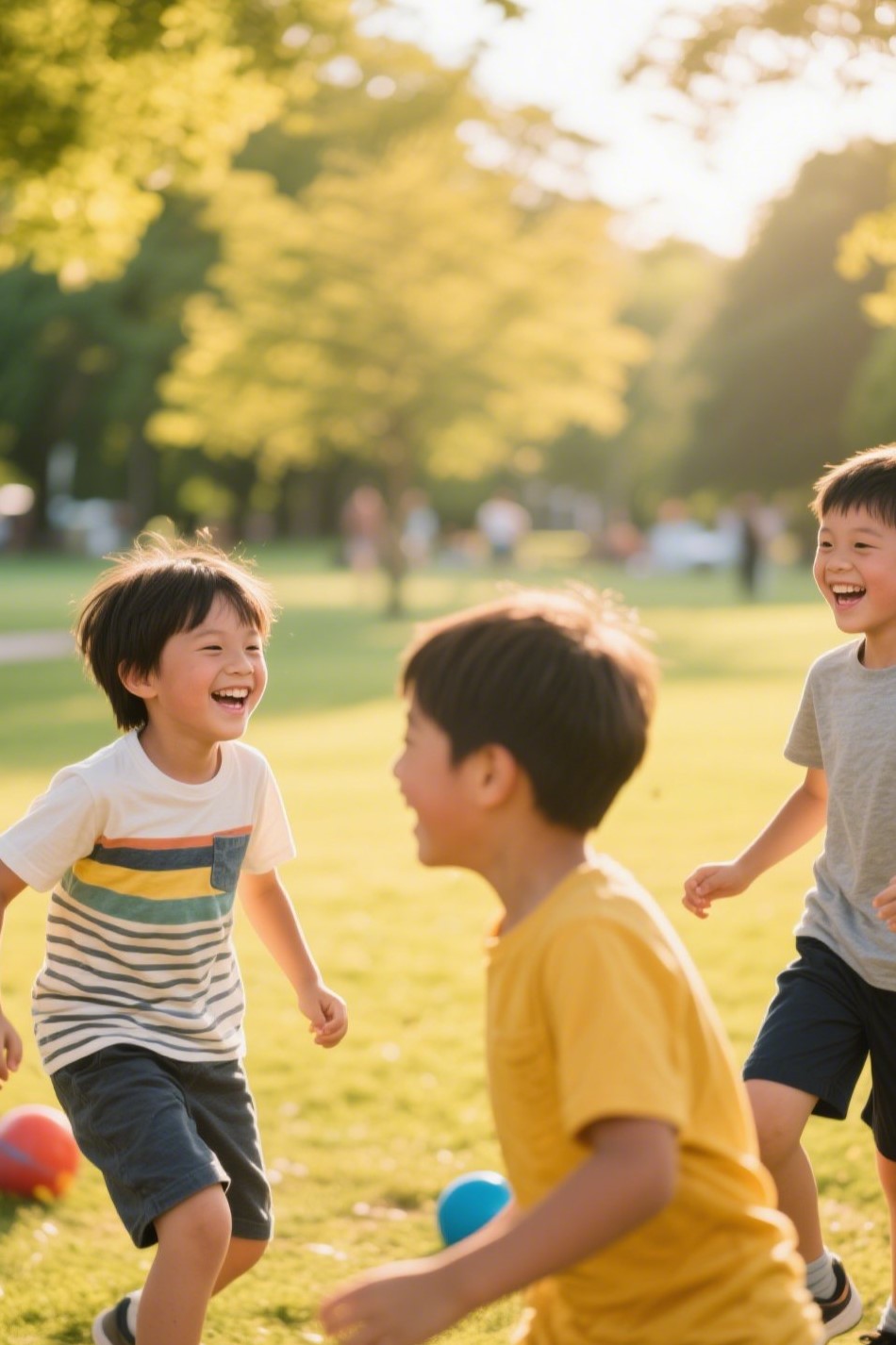
So what exactly is happening during this stretch of years? Spoiler alert: a lot.
Let’s take a deeper look into the mind, body, and world of the 6- to 12-year-old—where LEGO bricks meet life lessons, and bedtime stories turn into real-world understanding.
🧠 Cognitive Development: From Concrete to Clever
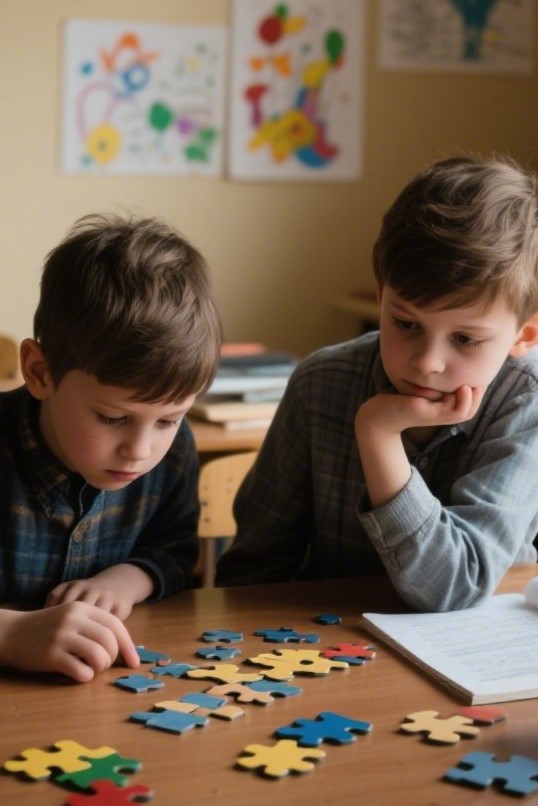
Think of ages 6 to 12 as the great leap from “What’s that?” to “Why does it work that way?” Kids this age begin developing what psychologists call concrete operational thinking—a fancy way of saying they’re learning to think logically about the world around them.
They begin to:
- Grasp cause and effect
- Understand rules—and love bending them just a little
- Solve problems with logic (not just guesswork)
- Organize thoughts and ideas with more clarity
- Start thinking about other people’s perspectives (hello, empathy!)
Fun Fact: Around age 7, most kids finally “get” the idea of conservation—that pouring the same amount of water into a tall glass doesn’t mean there’s more water. (It only took a few science spills.)
💬 Social and Emotional Growth: The Friendship Frontier
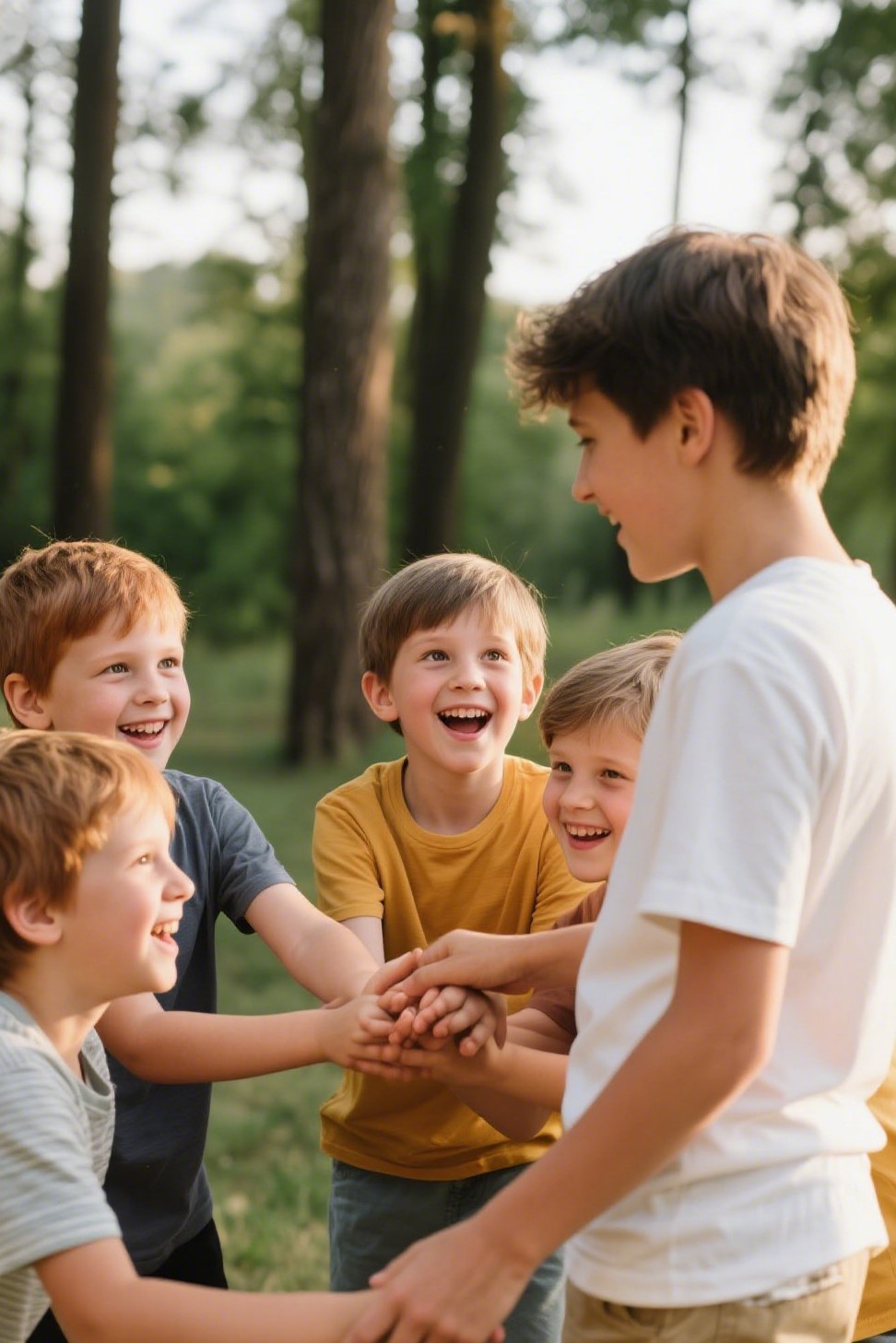
One of the biggest shifts from early childhood to middle childhood? Peers become powerful. Sure, family is still the home base, but friends suddenly carry major influence.
Here’s what’s brewing emotionally and socially:
- Kids crave belonging—to a friend group, a team, or a “club” they invented in secret
- They start comparing themselves to others (Am I fast enough? Smart enough? Funny enough?)
- Self-esteem takes root—and becomes sensitive to praise or criticism
- Conflict resolution evolves (no more tantrums—just silent glares… or well-worded arguments!)
- They begin to internalize values, like fairness, honesty, and teamwork
This is also the age when kids may form stronger bonds with teachers, coaches, or adult mentors who help shape their growing identity.
🏃♂️ Physical Development: Coordination Meets Confidence
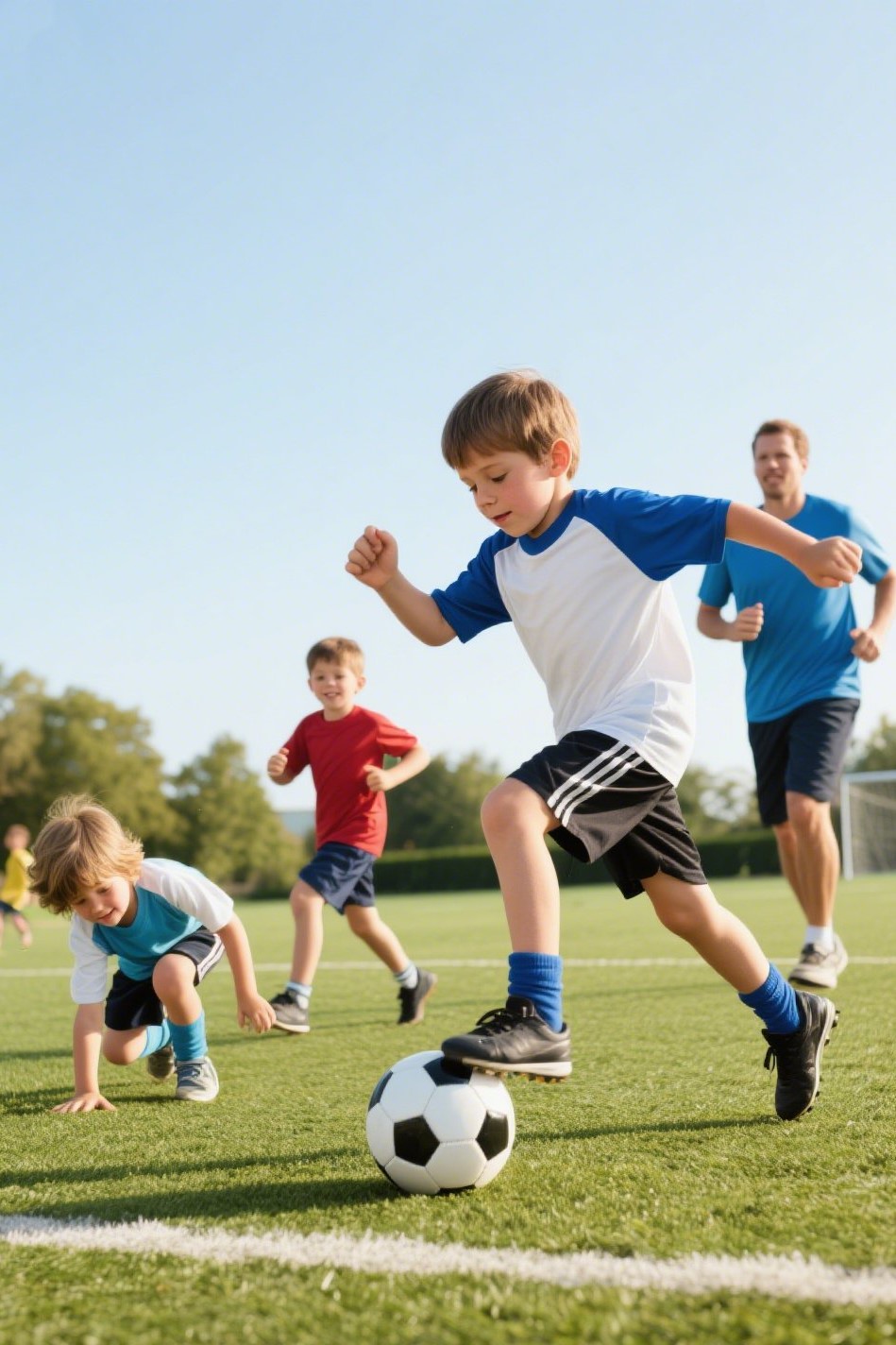
Gone are the toddler tumbles. By age 6, kids have better coordination, balance, and strength. By 12, some are nearly as tall as you—and maybe outrunning you on the soccer field.
Physical milestones during this phase include:
- Increased endurance and strength
- Improved hand-eye coordination
- Growth spurts, especially nearing age 11–12
- Loss of baby fat and more defined motor skills
- Mastery of sports, biking, swimming, and other physical games
Note: This is also the stage when some kids start to feel body-conscious. Encouraging healthy habits—not just appearance—can foster a strong foundation for self-confidence.
🎨 Moral and Identity Development: Who Am I Becoming?
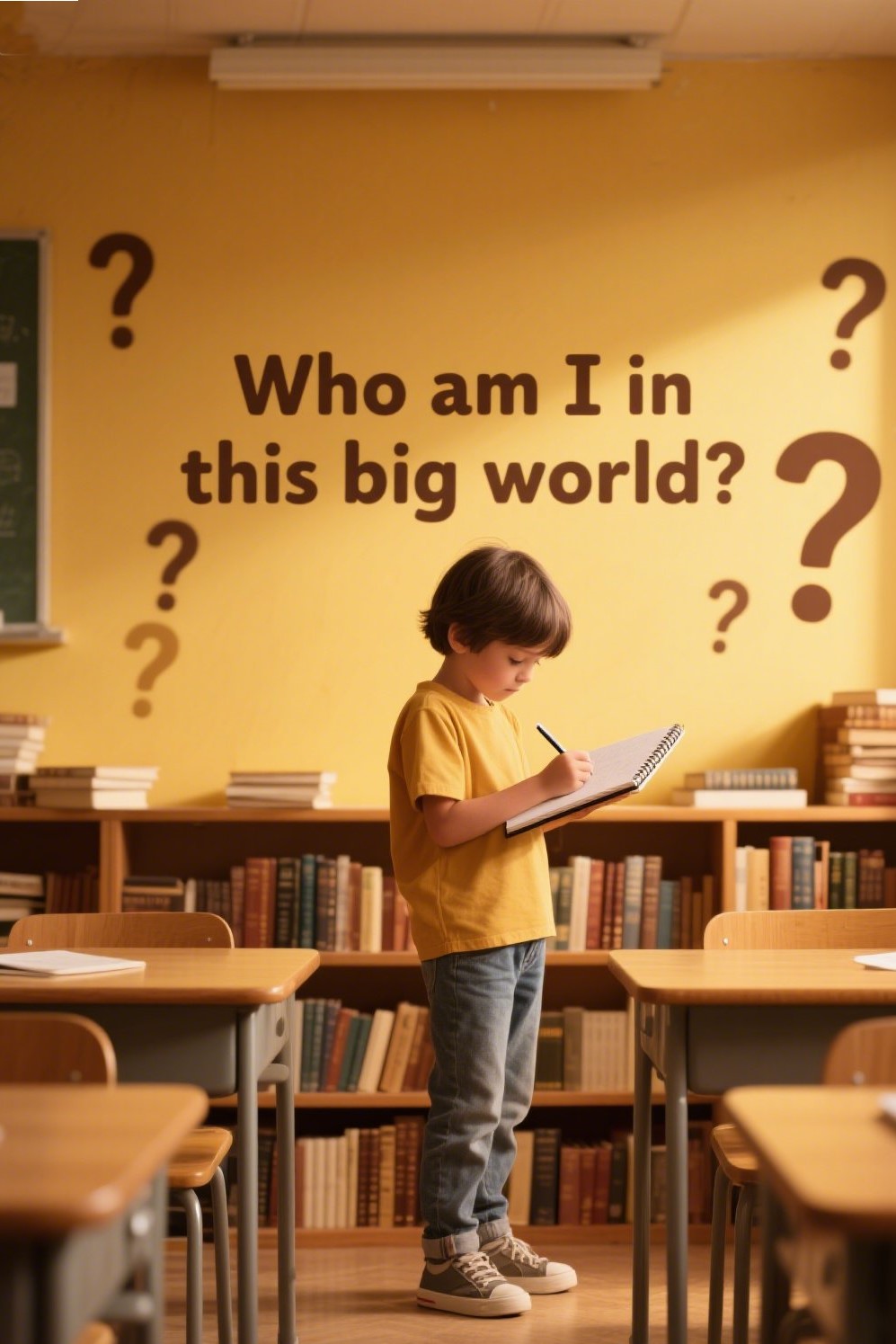
From about age 8 onward, kids start wrestling with big questions: What’s right or wrong? What’s fair? Who am I in this big world?
They begin to:
- Develop a personal sense of justice
- Understand consequences beyond “I’ll get in trouble”
- Form opinions about right, wrong, rules, and exceptions
- Explore identity—not just “I like dinosaurs,” but “I’m a kind person” or “I want to be brave”
At the same time, their identity is forming slowly. Hobbies, talents, and interests aren’t just fun anymore—they become ways kids define themselves. One might say, “I’m a writer,” while another proudly declares, “I’m a gamer.”
🏡 The Parent’s Role: From Supervisor to Coach
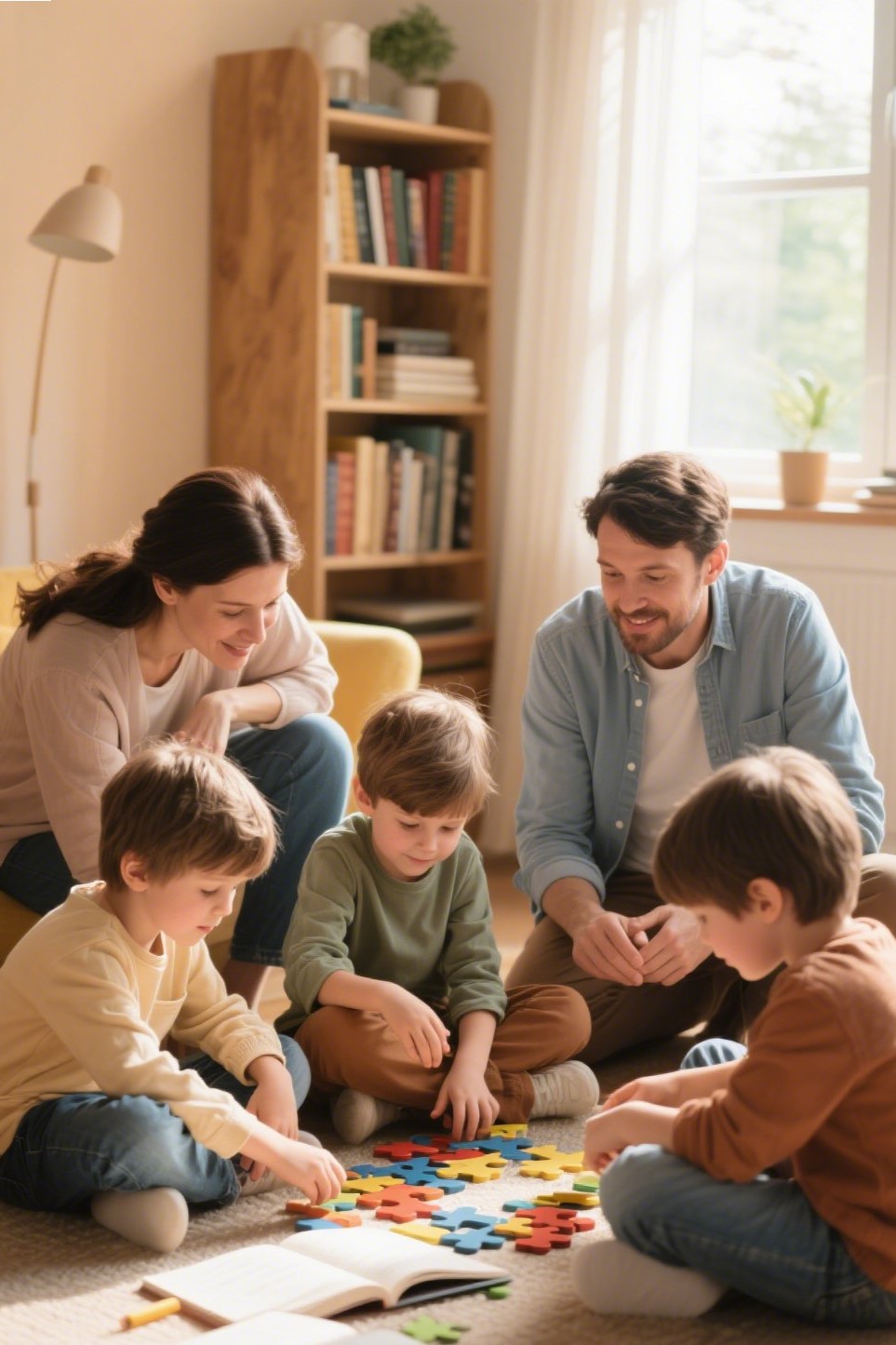
If you’re parenting or teaching a 6- to 12-year-old, here’s the secret: you’re slowly shifting from protector to guide. Kids still need hugs, routines, and someone to double-check their homework—but they also need space to fail, problem-solve, and bounce back.
Support this age by:
- Encouraging curiosity over perfection
- Giving them responsibilities (they want to feel capable!)
- Teaching emotional vocabulary—“I feel disappointed” is powerful
- Offering consistent praise for effort, not just results
- Listening—sometimes more than talking
Final Thoughts: These Years Matter More Than You Think
Between ages 6 and 12, the seeds of adulthood are being planted—in math class, on the playground, at the dinner table. It’s a time of intense learning, deep feeling, and surprising wisdom. Kids in this age range are both simple and profound—building forts and building character at the same time.
They’re learning how the world works—and more importantly, how they work in the world.
So if you’re walking alongside a child in this age group, cherish the magic of this middle stretch. It’s quieter than toddlerhood and less dramatic than the teen years—but don’t be fooled. This is where the real development happens.

